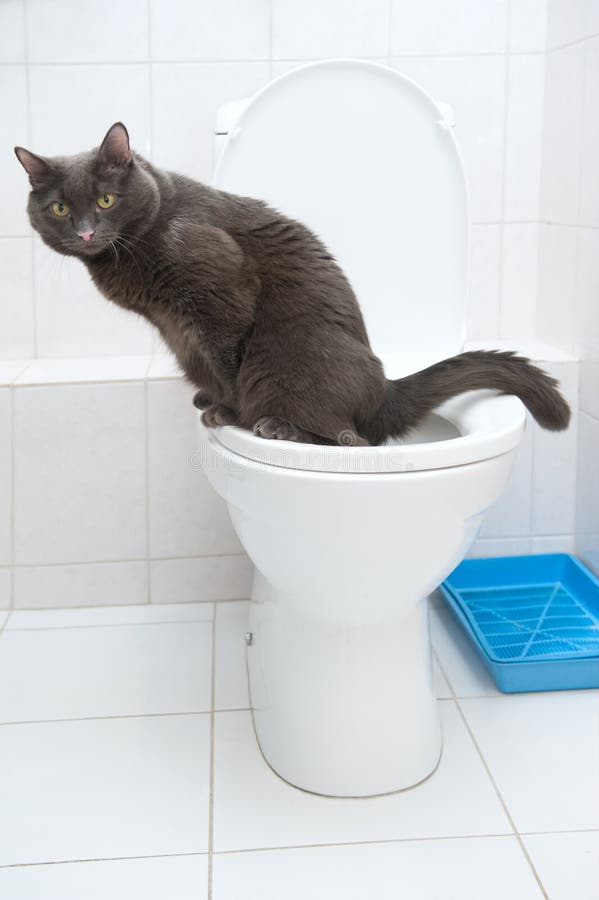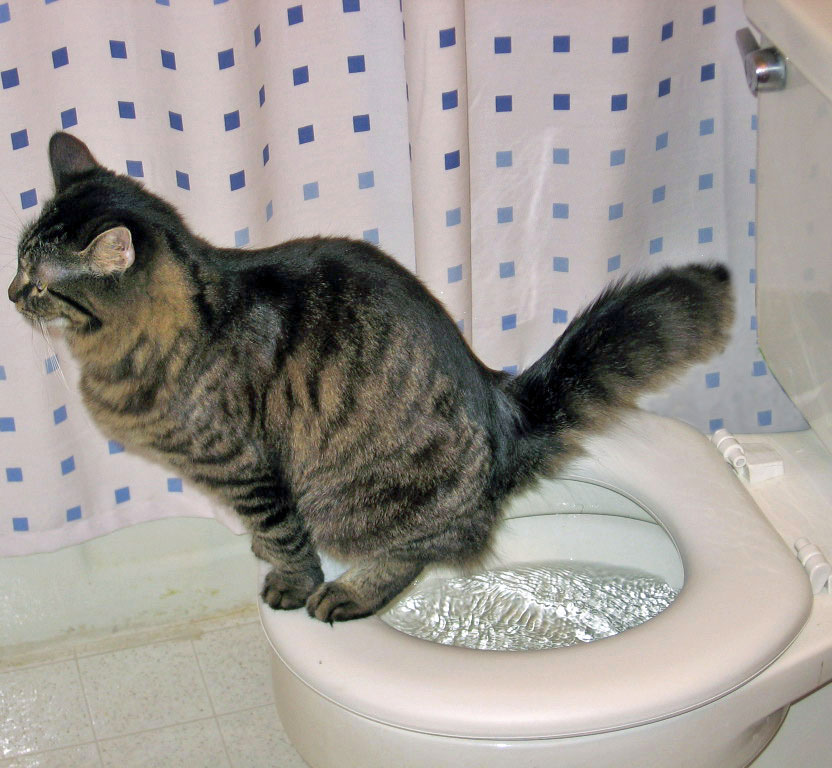They are making a number of great points on Can You Flush Cat Poo or Litter Down the Toilet? overall in this content just below.

Intro
As feline owners, it's necessary to be mindful of how we deal with our feline buddies' waste. While it may seem convenient to purge pet cat poop down the bathroom, this technique can have destructive effects for both the atmosphere and human health.
Alternatives to Flushing
Fortunately, there are more secure and much more responsible methods to get rid of cat poop. Take into consideration the following choices:
1. Scoop and Dispose in Trash
The most usual method of taking care of feline poop is to scoop it right into a naturally degradable bag and toss it in the trash. Make sure to make use of a devoted clutter scoop and get rid of the waste without delay.
2. Use Biodegradable Litter
Choose eco-friendly cat litter made from products such as corn or wheat. These clutters are environmentally friendly and can be safely disposed of in the trash.
3. Bury in the Yard
If you have a lawn, take into consideration hiding pet cat waste in a designated area away from vegetable gardens and water sources. Be sure to dig deep enough to prevent contamination of groundwater.
4. Install a Pet Waste Disposal System
Invest in a pet waste disposal system specifically designed for pet cat waste. These systems make use of enzymes to break down the waste, minimizing smell and environmental impact.
Wellness Risks
Along with environmental concerns, purging pet cat waste can likewise pose wellness dangers to humans. Pet cat feces might contain Toxoplasma gondii, a bloodsucker that can trigger toxoplasmosis-- a possibly serious illness, specifically for expecting females and individuals with damaged immune systems.
Ecological Impact
Flushing feline poop introduces dangerous pathogens and parasites right into the supply of water, posturing a significant danger to marine communities. These impurities can negatively impact aquatic life and concession water top quality.
Conclusion
Accountable family pet possession expands beyond supplying food and shelter-- it likewise entails correct waste management. By refraining from flushing feline poop down the bathroom and selecting different disposal approaches, we can decrease our ecological impact and secure human wellness.
Why Can’t I Flush Cat Poop?
It Spreads a Parasite
Cats are frequently infected with a parasite called toxoplasma gondii. The parasite causes an infection called toxoplasmosis. It is usually harmless to cats. The parasite only uses cat poop as a host for its eggs. Otherwise, the cat’s immune system usually keeps the infection at low enough levels to maintain its own health. But it does not stop the develop of eggs. These eggs are tiny and surprisingly tough. They may survive for a year before they begin to grow. But that’s the problem.
Our wastewater system is not designed to deal with toxoplasmosis eggs. Instead, most eggs will flush from your toilet into sewers and wastewater management plants. After the sewage is treated for many other harmful things in it, it is typically released into local rivers, lakes, or oceans. Here, the toxoplasmosis eggs can find new hosts, including starfish, crabs, otters, and many other wildlife. For many, this is a significant risk to their health. Toxoplasmosis can also end up infecting water sources that are important for agriculture, which means our deer, pigs, and sheep can get infected too.
Is There Risk to Humans?
There can be a risk to human life from flushing cat poop down the toilet. If you do so, the parasites from your cat’s poop can end up in shellfish, game animals, or livestock. If this meat is then served raw or undercooked, the people who eat it can get sick.
In fact, according to the CDC, 40 million people in the United States are infected with toxoplasma gondii. They get it from exposure to infected seafood, or from some kind of cat poop contamination, like drinking from a stream that is contaminated or touching anything that has come into contact with cat poop. That includes just cleaning a cat litter box.
Most people who get infected with these parasites will not develop any symptoms. However, for pregnant women or for those with compromised immune systems, the parasite can cause severe health problems.
How to Handle Cat Poop
The best way to handle cat poop is actually to clean the box more often. The eggs that the parasite sheds will not become active until one to five days after the cat poops. That means that if you clean daily, you’re much less likely to come into direct contact with infectious eggs.
That said, always dispose of cat poop in the garbage and not down the toilet. Wash your hands before and after you clean the litter box, and bring the bag of poop right outside to your garbage bins.
https://trenchlesssolutionsusa.com/why-cant-i-flush-cat-poop/

We are very drawn to Don’t flush cat feces down the toilet and I am hoping you enjoyed our page. Are you aware of anybody else who is fascinated with the topic? Please feel free to promote it. I cherish reading our article about Don’t flush cat feces down the toilet.
Book Service